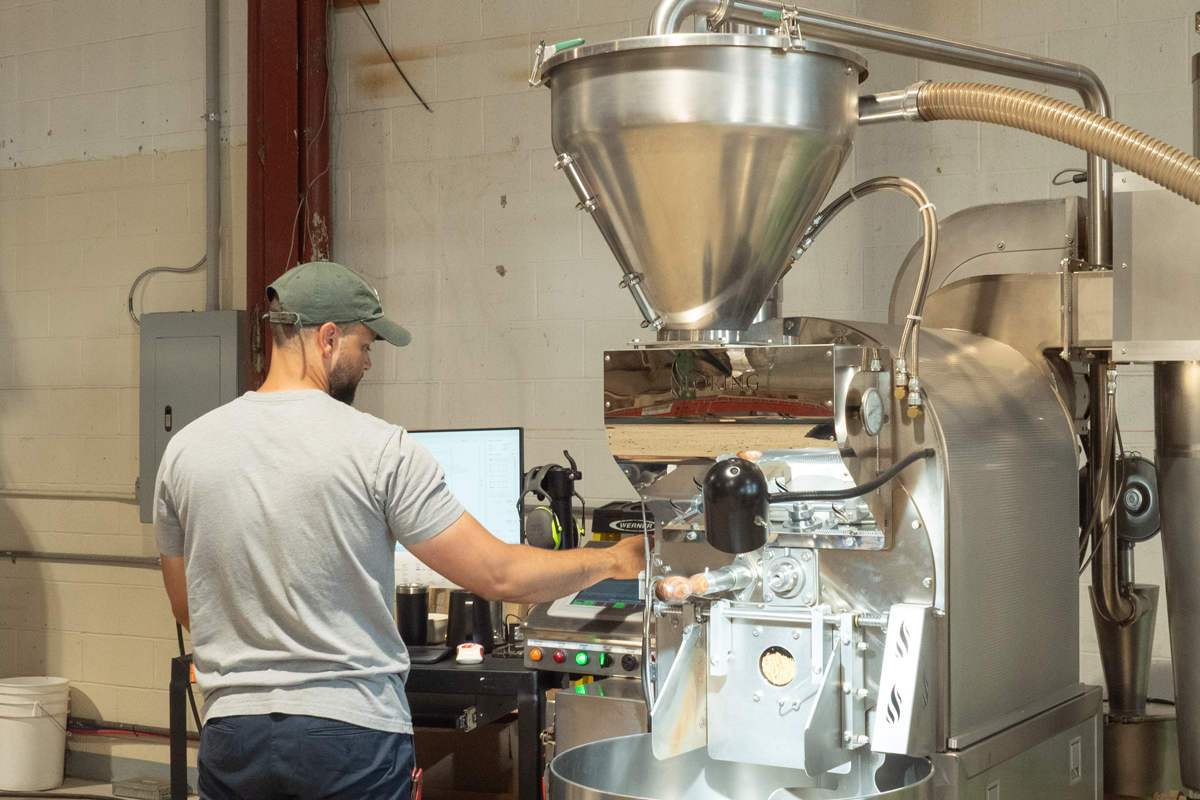
Ask Your Roasters: Q & A
Meet Bobby Wrigley, our Director of Coffee. He’s been with Backyard Beans for 10 years, leading the way in how we source and roast our coffee. In this Q & A, Bobby answers some of the questions you submitted to our roasting team.
When do you call first crack?
We call first crack when it first calls to us, usually around 393 - 400 bean temperature Fahrenheit. First crack is a critical time during the roasting process where steam and CO2 escape from the bean and cause an audible cracking that sounds like corn popping. This varies between our 3 Loring roasters - 70kg, 35kg, and 15kg roasters. This is simply due to the bean temperature thermocouples reading slightly differently between each machine due to the mass differences in the drums.
It’s difficult to hear first crack on our production roasters, so instead of listening for each batch’s crack we mark all batches at a consistent bean temperature based on our testing of where it happens on average. This begins a development timer to track how long we let the roast go after first crack.
How do you modulate development time versus Maillard phase duration when optimizing for solubility and sweetness in high-elevation anaerobic naturals, without overshooting caramelization or introducing baked notes in drum roasts over 12 minutes?
Alright, so I know who submitted this question. He’s a friend. And while he does have some roasting and coffee experience, I was a little surprised at the detail so I texted him. Of course, this question was generated by artificial intelligence. I am going to have to break this one down a bit, there’s a lot of jargon and some of it is unnecessary.
Anaerobic naturals do tend to complete roasting more quickly at the end of the roast. We tend to watch them closely at first crack, lowering the heat more aggressively, and shortening the time after crack to end of roast compared to other light roasted coffees. Over-carmelization and bitter flavors can develop if roasted too long or taken to too high of a temperature.
Drum roasts over 12 minutes… this doesn’t really apply. We roast our micro lot light roasts in about 9-10 minutes on our 15kg Loring, which isn’t technically a drum roaster. It’s a hybrid air roaster with a false drum. The “drum” is not heated to roast the coffee, instead hot air warms the roasting chamber and the beans.
Solubility - we get great solubility in our coffees by charging them hot and finishing them with tapered off heat, allowing for full bean roast development.
Favorite roast and why?
My favorite roast is Breakfast Blend. It’s one I am most proud of. When I started working here 10 years ago, our brand was just starting to get into wholesale, we had farmers market traction, and no cafes yet. Our bags were the 1lb tin tie bags, no sealing option, just roll down. And our online orders were just about non-existent. Breakfast blend then was rough. In fact, before I knew about Backyard Beans I had a friend from Lansdale bring a bag of Breakfast Blend over to my house to taste. I wasn’t impressed. I was also young, arrogant, and opinionated about coffee. As I began roasting and green buying, the coffees we used in Breakfast, and the way we roasted it quickly evolved to create a clean and sweet profile. It’s been a customer favorite for years now, and I hear from friends quite often how it’s their favorite.
What’s your beverage of choice?
Black coffee, drip. That and water are the only things I drink consistently everyday. I like a good pour over, light roast washed process coffee. Ethiopia is my favorite.
What grind do you use when you make your pods? I am hoping to match the flavor that I get from them by grinding my own.
I am guessing this is referring to our Punch in the Face K-cups we had last year that have since been discontinued. Those were a medium grind and we over dosed them by a gram or two at 11 grams if I remember correctly. Pods are going to be tricky to match the flavor you will get out of drip pot, the extraction efficiency generally is not as good. And for the amount you can fit in a pod (11 grams), that amount of coffee is only good for a 6 ounce cup of coffee.
Will you be doing more anaerobic / less-traditional processing methods?
Oh, yes. We have a few launching in August. If they are not out yet, keep your eyes peeled!
What does washed versus natural mean?
This is referring to the post harvest processing method used to ferment and dry the coffee.
Natural Coffee 101: Coffee's original processing method! The coffee ferments and dries with the fruit and skin intact – this creates fruity, winey flavors with syrupy sweetness.
Washed Coffee 101: The modern method for clean, sparkling and vibrant coffee! The coffee cherries are pulped, fermented, washed clean of all remaining fruit, and then dried.
We have a blog post that specifically talks about this - learn more here.
Try our new Process Pairing – Ethiopia Chelbesa.
Do I just try coffees like I try wine to figure out what I like?
If you are in the area of our cafes ask for samples of our drip coffees and cold brews. We always have a dark roast and medium roast available. So you can start there. The best way to see what your preferences are is tasting side by side. The easiest way to do this is cupping. We made this video that shows how to set up a cupping at home. If you do this with multiple coffees, side by side, you will get to really taste the unique differences!
Love your coffee. How many llamas are used in each bag?
Thanks! It just takes one L.L.A.M.A. for each bag. Laura L. Adams and Matt Adams. Or is that two?
Can you publish a grind chart for burr grinders? I always worry I get my numbers wrong.
Hmm… I am not sure I can help you. I need some more context for this question. Espresso grinds should be powdery, fine grind should be like table salt, coarse grind should look like coarse salt, and medium between those two.
Will you be able to supply half caffeine coffee in your stores soon instead of only online?
On it! If you don’t see it in Ambler or Lansdale, ask a barista. We are going to trial it and see how sales go.
I’d like to buy the light roast cold brew in bulk to have in my house. Where can I purchase it?
You will have to purchase that from our cafes or farmers market locations at the moment (Lansdale market and Emmaus market). You can buy a case of cans upon special request (hello@backyardbeans.com) or fill a growler from our taps.

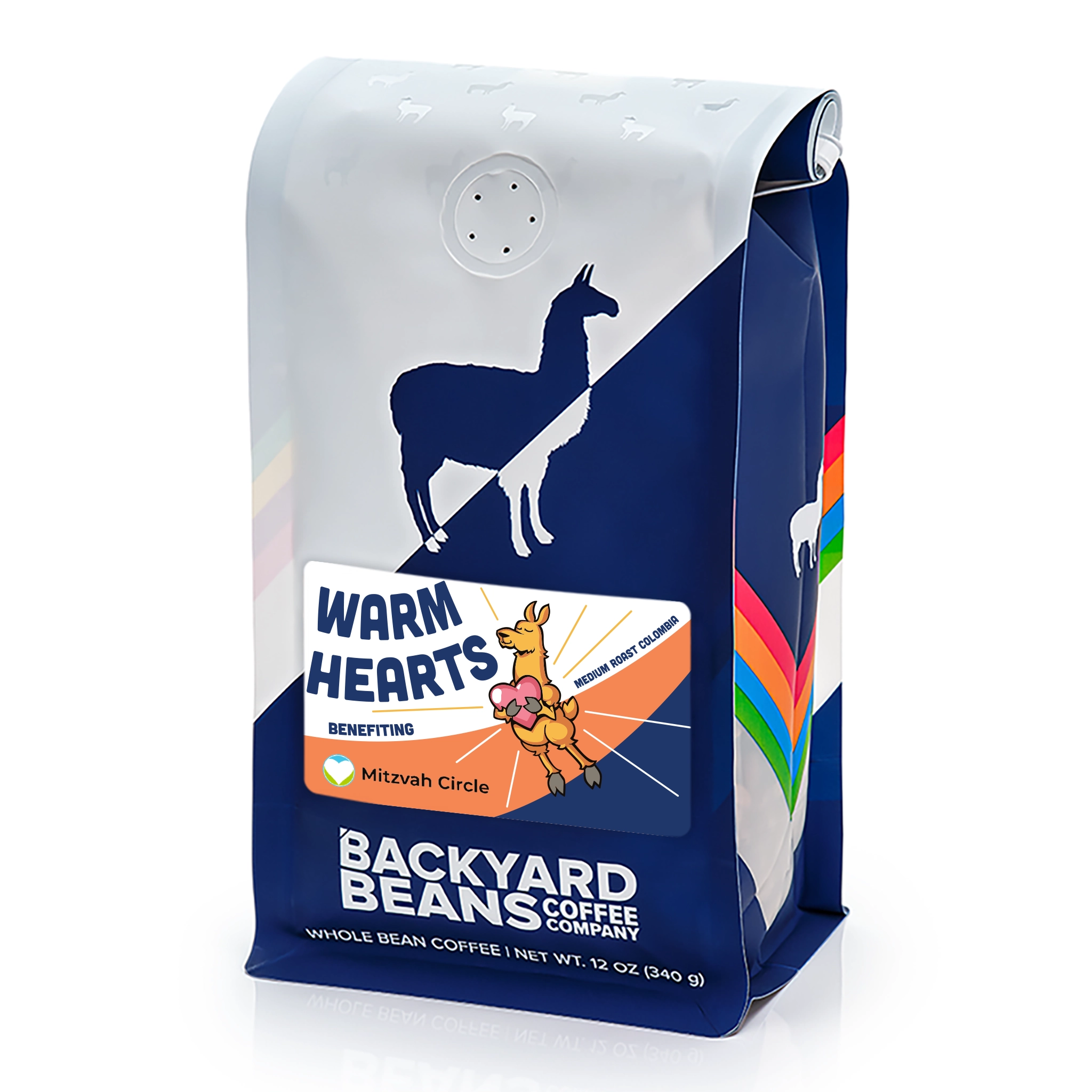
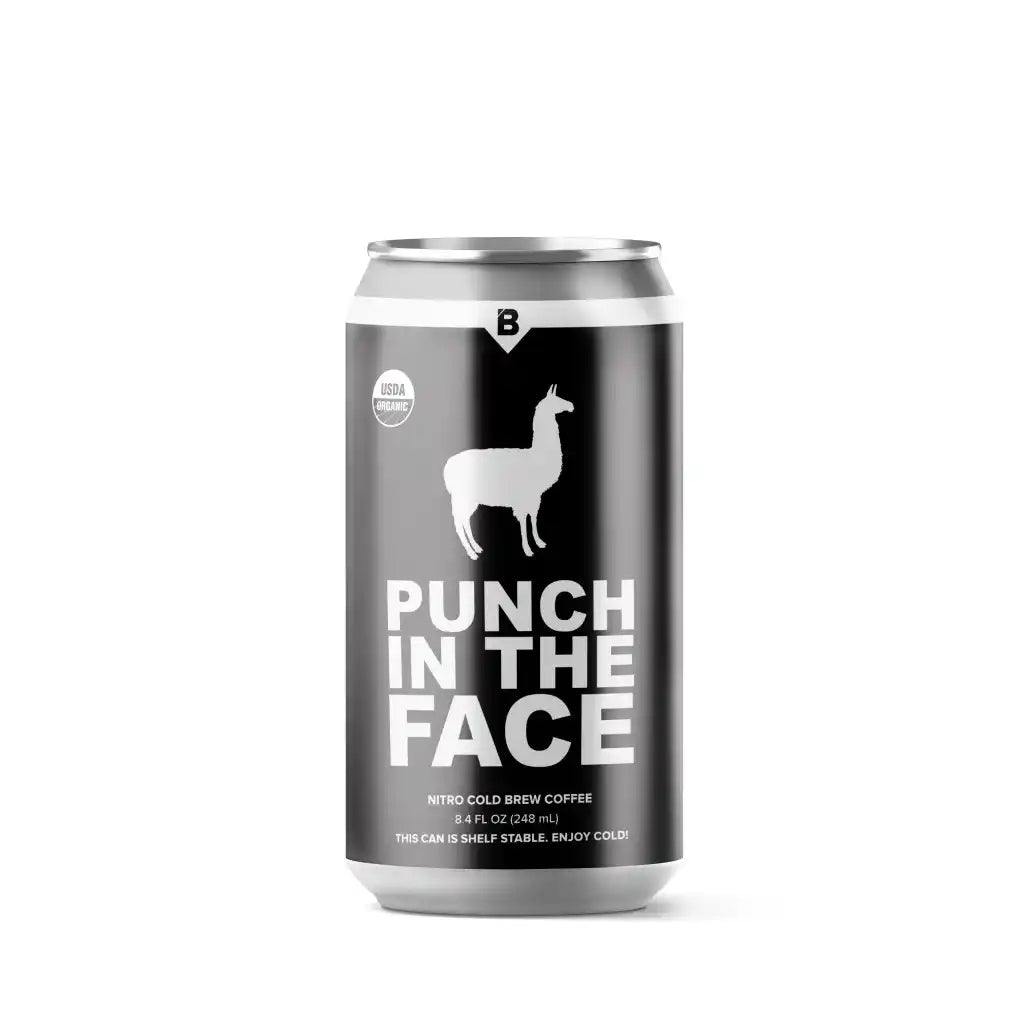
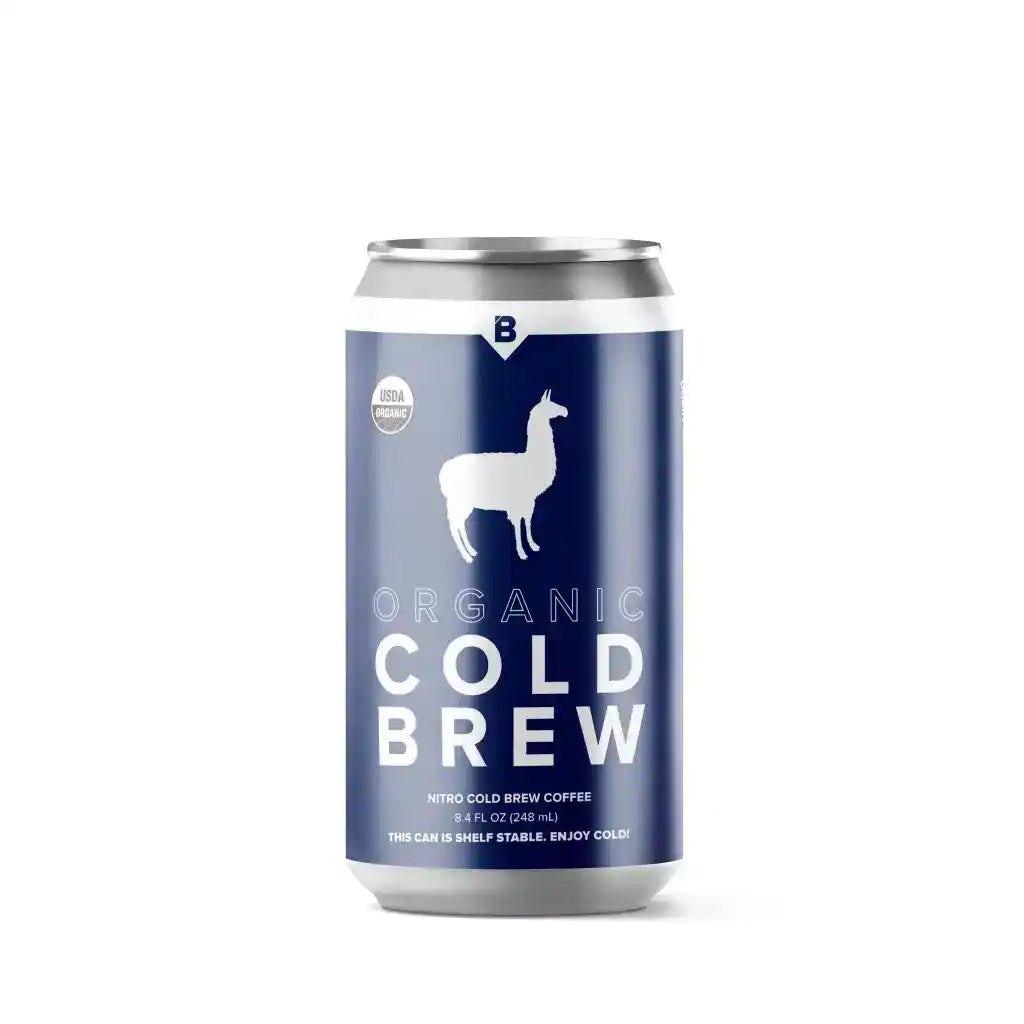
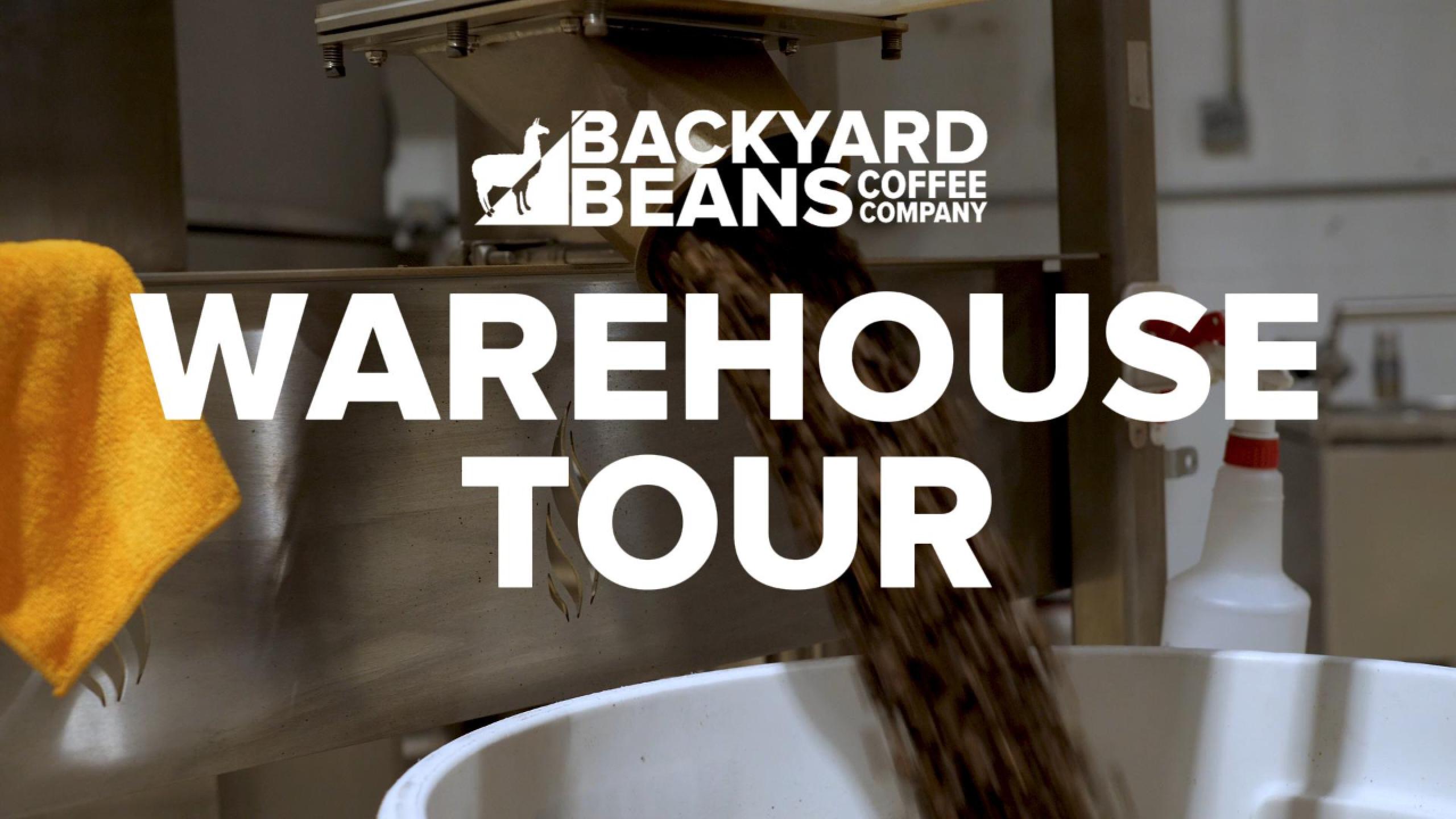
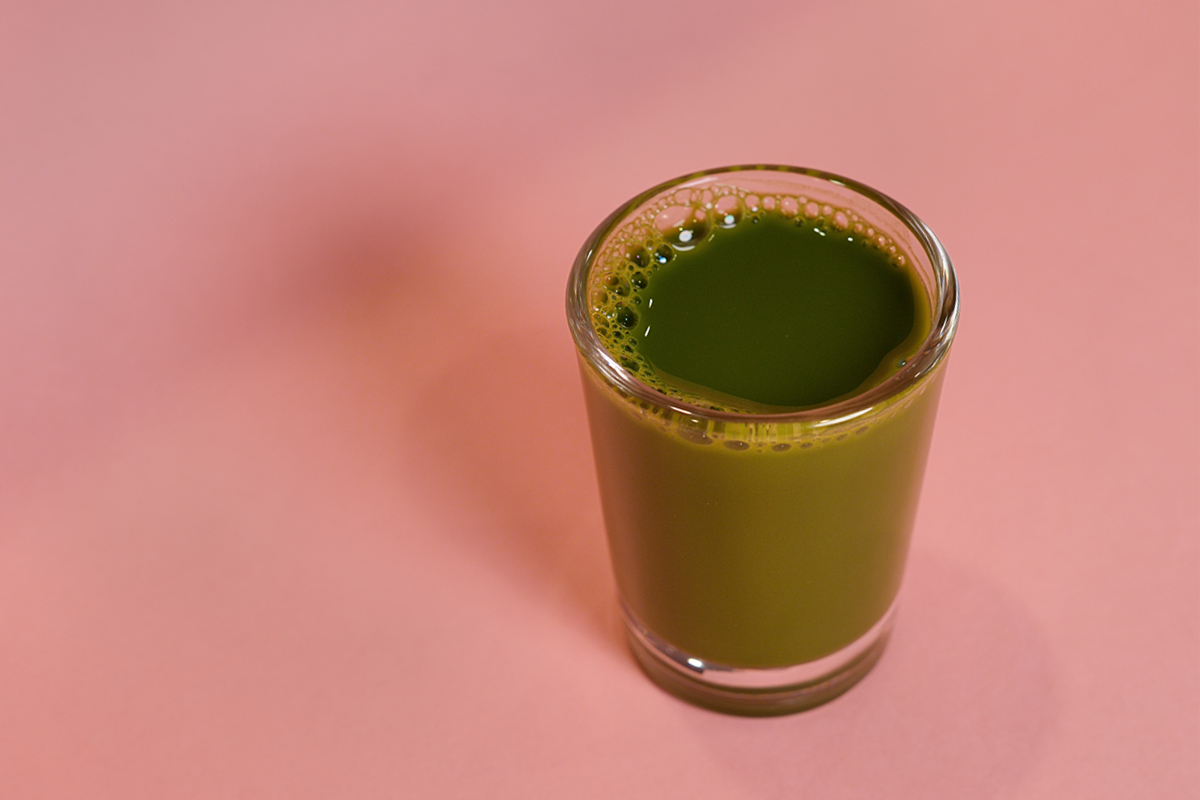
Leave a comment
This site is protected by hCaptcha and the hCaptcha Privacy Policy and Terms of Service apply.